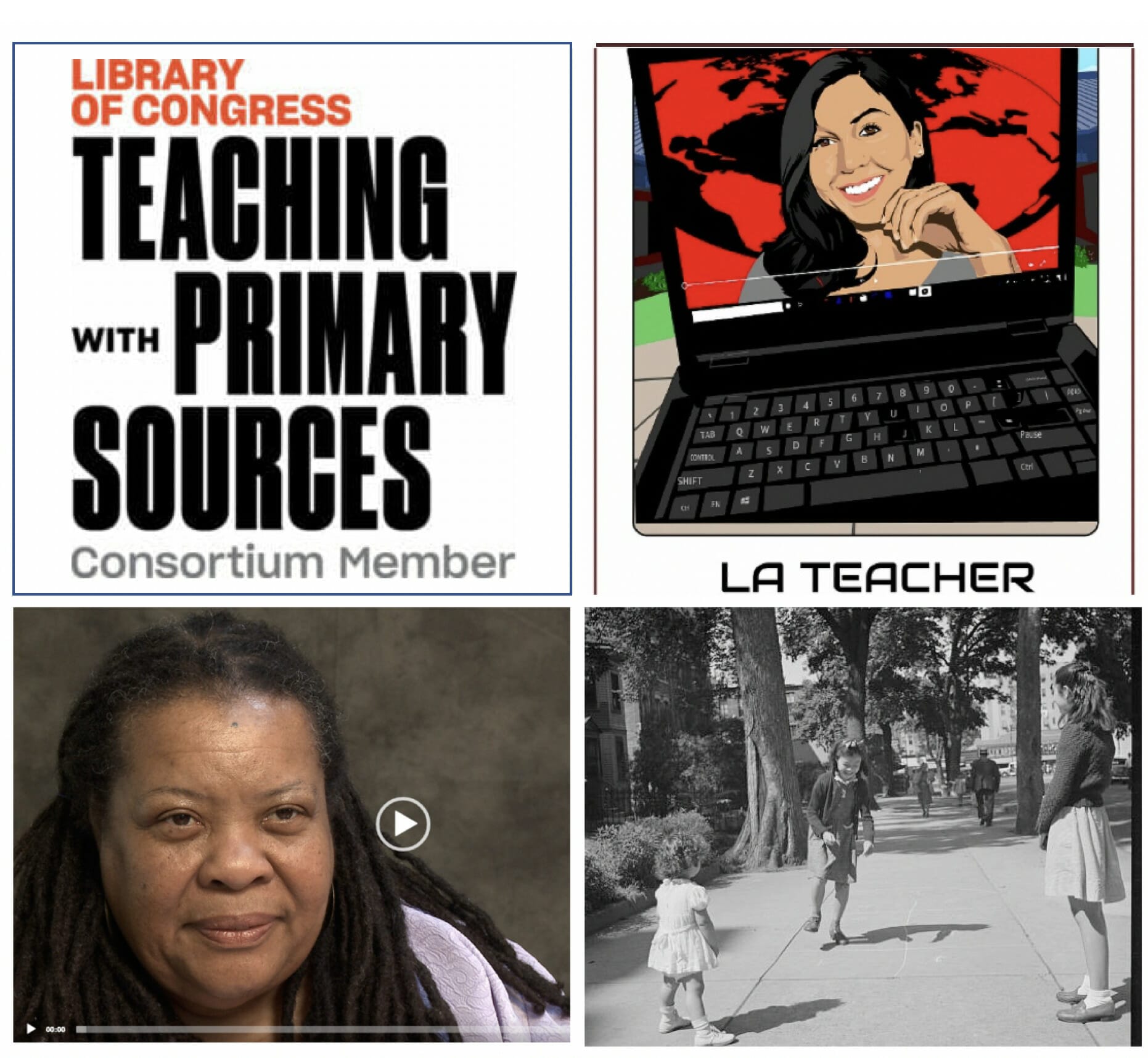By Alexandra S. Antohin, Journal of Folklore and Education Guest Editor
Our participation in the TPS consortium also created opportunities to position folklife materials, what we coin as “folk sources,” as parallel to other primary sources typically used to teach about local history, values, and memory, such as historical documents, maps and photographs.
By Lisa Rathje
This article includes Classroom Connections
This “walk-through” introduces the instructional model, key concepts, and multiple types of literacy (visual, aural, textual, cultural) that structure the five units of the curriculum guide. A scaffolded activity from the Occupational Folklife Project demonstrates the power of folk sources to create multiple formats for context-building and perspective taking.
By Andy Kolovos, Vermont Folklife and Sarah Milligan, Oklahoma Oral History Research Project
Teaching with Folk Sources, Unit 1
Discover Folksources.org, a new online platform that hosts Teaching with Primary Sources ethnographic materials and primary source sets. The authors showcase the “curation process in action” through short videos and text to inspire educators to identify folk sources from their own communities.
By Alexandra S. Antohin, with Teaching Tips by Kathleen Grady, White River School; Mary Rizos, Rivendell Academy; Don Taylor, Main Street Middle School; and Joe Rivers
Learning Through Listening, Unit 2
Folklife, a type of inquiry that focuses on “ways of life” as its central lens, is constantly changing. Rather than focus on cultural loss or salvaging, folklife inquiry is more powerful when it is positioned to offer insights about human experience through the sharing of personal lived histories in safe and supportive environments.
By Vanessa Navarro Maza, HistoryMiami Museum
Learning Through Observation and Museum Collections, Unit 3
Stories offer opportunities to challenge stereotypes and prejudices, to find common ground, or to step into the life of someone with a completely different lived experience. This article discusses the power of first-person narratives for building empathy and bridges of understanding, particularly in approaching the topic of migration and immigration. Connecting in this way, on a person-to-person level, allows people to find their shared humanity and nurture a sense of community.
By Cassandra Cruz-Dockery, Broward County teacher
Community and Identity, Unit 4
This unit reminds us that younger grade levels can also discover, interpret, and represent new learning through primary sources. Starting with themselves, students will build a toolkit that includes listening, observation, compare/contrast, and representation. As they gain insights into their own cultural identities, they will be more ready to engage with difference and other perspectives.
By Shanedra D. Nowell and Robin R. Fisher, Oklahoma State University, School of Teaching, Learning, and Educational Sciences
Challenging History, Unit 5
Oral histories from survivors, primary source photographs and news clippings of the 1921 Tulsa Race Massacre are effective conduits for framing and facilitating difficult dialogues around history, race, class, and culture in the classroom. This article models educator-specific strategies and learning activities that activate listening and critical-thinking skills and prompt students to evaluate their own thinking and biases before entering challenging conversations.
 This 10th Volume of the Journal of Folklore and Education offers two issues packed with resources and content. Expanding mainstream notions that primary sources are historical documents housed in hard-to-access archives, this volume showcases archival items that expand our vision of community, self, the past, the future, pedagogical opportunities—and, yes, history.
This 10th Volume of the Journal of Folklore and Education offers two issues packed with resources and content. Expanding mainstream notions that primary sources are historical documents housed in hard-to-access archives, this volume showcases archival items that expand our vision of community, self, the past, the future, pedagogical opportunities—and, yes, history.
